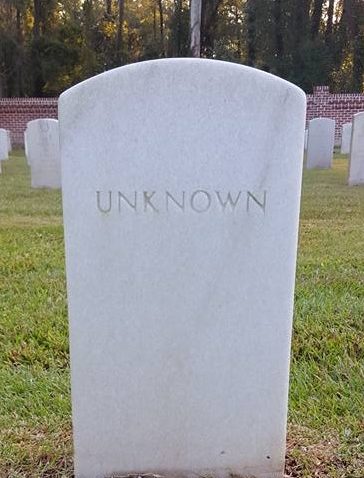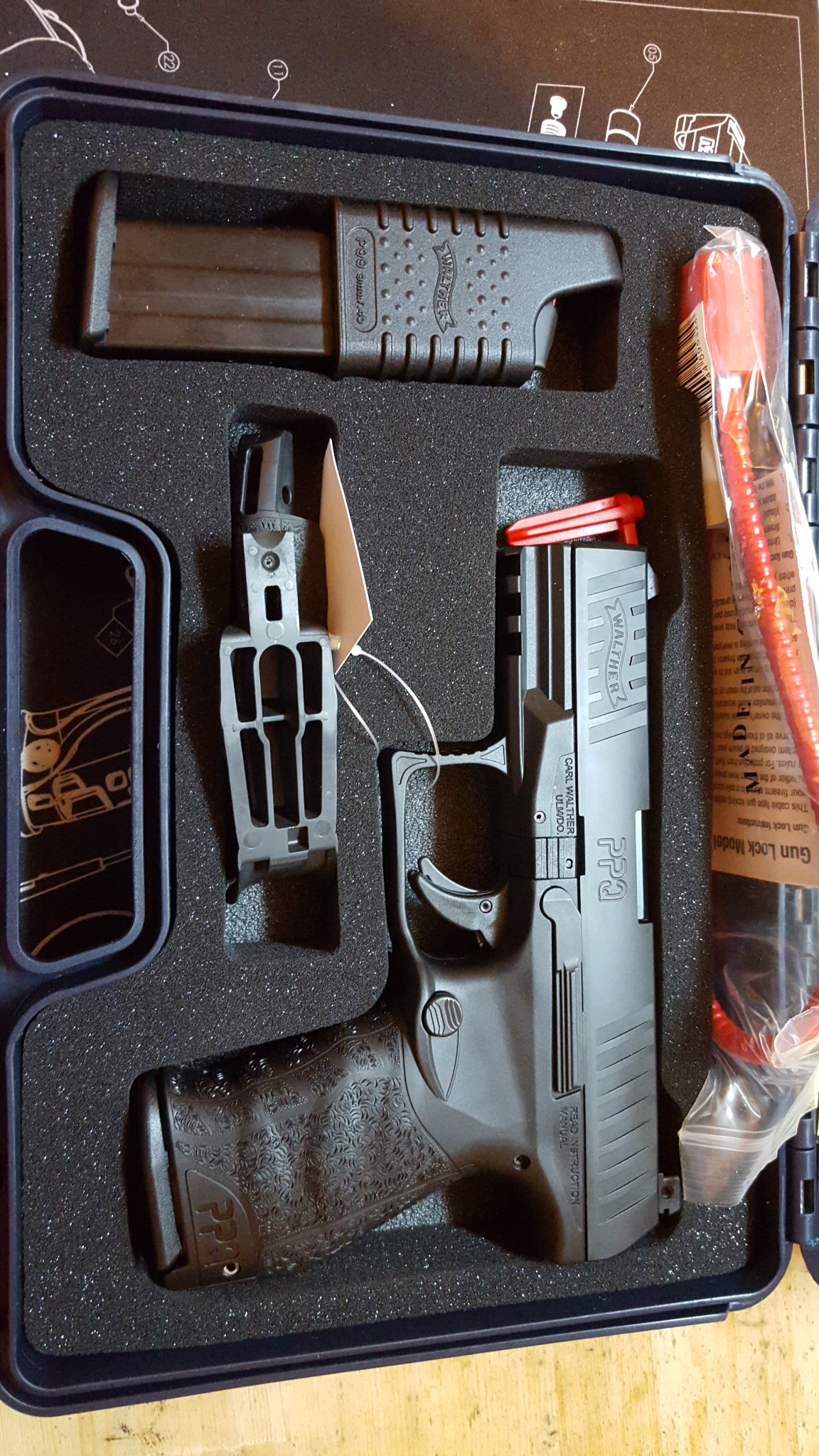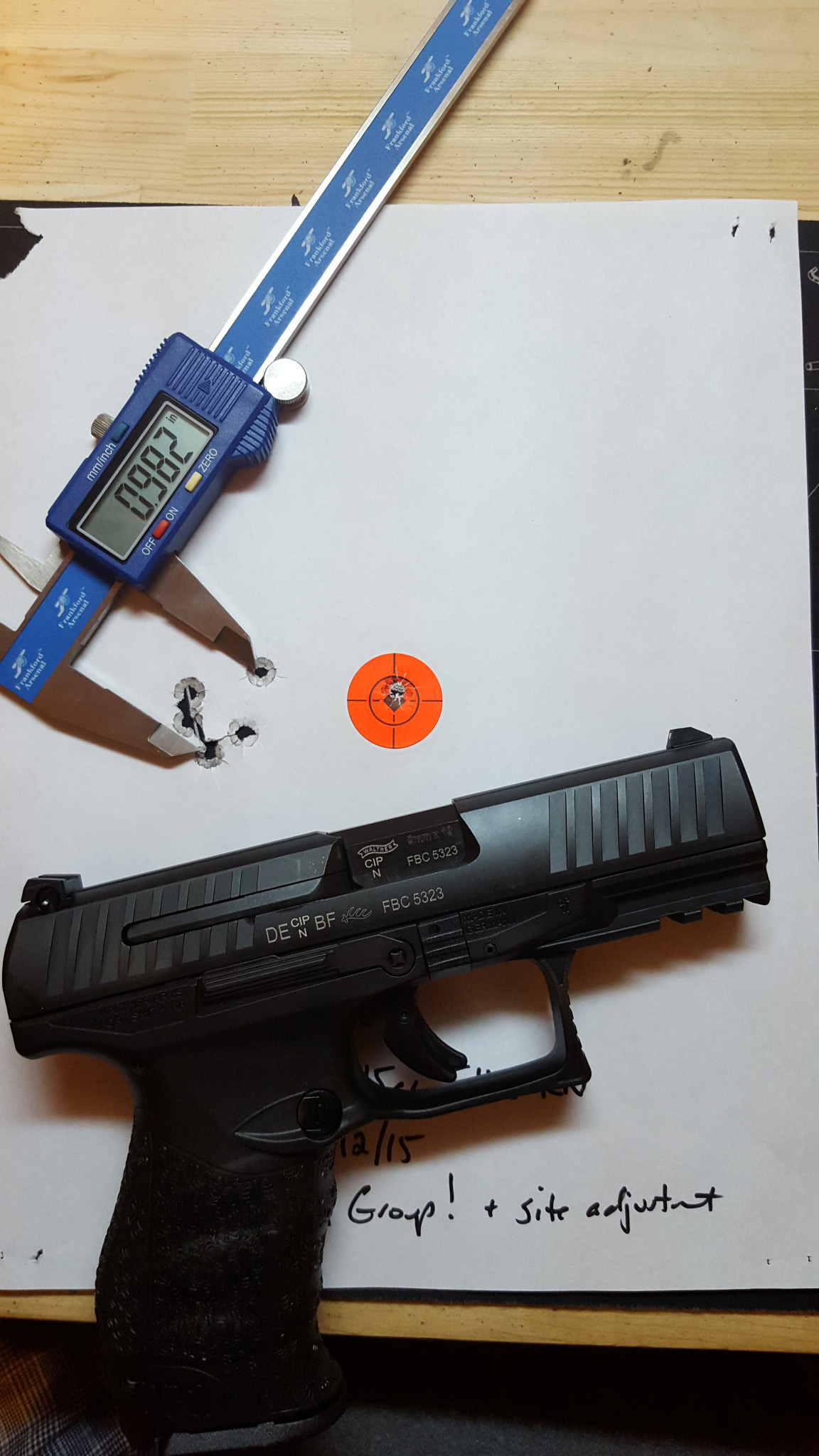… but will never hear from the media. The level of ignorance surrounding this particular firearm is proudly broadcast on a daily basis. The claims of it’s power, lethality, and evil intent know no bounds. Listening to descriptions of the AR-15, one would think there are thousands of them wandering around on their own, shooting people at random with an endless stream of giant, hyper-velocity, super bullets. Never mind the fact more people are killed by fists, feet, and other blunt objects than by every kind of rifle combined. In response to the continuous ignorant stories and posts, I’ve decided to provide a simple, factual, description of the AR-15. Think of it as sort of a public service.
The Armalite Corporation was incorporated as part of Fairchild Engine and Aircraft Corporation in 1954 with George Sullivan as Manager. Fairchild manufactured aircraft and parts for the US military, so the intent of Armalite was to design firearms for military purposes. Shortly after opening his small shop, Sullivan hired a young engineer named Eugene Stoner as his Chief Design Engineer. Armalite’s first successful design was the AR-5, a unique take-down rifle designed to be used by aircrews in survival situations. The rifle was chambered in .22 Hornet and was equipped with a floating stock in which the barreled action could be stowed. The AR-5 was adopted by the military in 1954. A civilian version chambered in .22 Long Rifle, the AR-7, was released shortly thereafter. This design is still manufactured by Henry. Note that the AR in the names of these firearms clearly stands for Armalite Rifle, not “Assault Rifle” as so many ignorant journalists seem to believe.
The search began for the replacement for the venerable M-1 Garand in 1955. In its day, the Garand was an unequaled infantry weapon. But it was heavy and limited to 8 rounds of ammunition, so military commanders felt a replacement was needed. In response to the call, Stoner designed a light-weight gas-operated firearm chambered in 7.62 NATO. Dubbed the AR-10, it was futuristic with its pistol grip, straight composite stock, and carry handle. Armalite was late getting their entry ready, and were forced to use their hand-built prototype for the military trials. Although reviews were generally favorable, the rifle failed during endurance testing. Springfield Armory’s T-44 was selected, becoming the M-14 in 1957. Armalite sold the rights to manufacture the AR-10 to a few foreign customers, but only a few were manufactured.
Shortly after the M-14 was adopted, the US Air Force began looking for a lighter rifle in a smaller caliber. Stoner reduced the size of the AR-10 to accommodate the newly developed .223 Remington cartridge and the AR-15 was born. Without the capability to manufacture firearms in sufficient numbers, Armalite sold the manufacturing rights to the AR-10 and AR-15 to Colt in 1959. The first military order for the AR-15 was placed by the USAF in 1961, the same year Stoner was hired by Colt. The initial order of 8,500 units was followed by one for 80,000 in 1963. The official military designation of the AR-15 was M-16. As the US involvement in Southeast Asia grew, it became apparent American troops were outgunned by Communist forces equipped with AK-47s. Difficulties with the M-14 in the field and in manufacturing lead to the adoption of the M-16 by all four branches of the military by 1965.
Approximately 300,000 M-16s were sent to Southeast Asia with no cleaning kits as Colt claimed the rifle was self-cleaning. This claim was quickly proven to be false by Vietnamese humidity and severe powder fouling caused by poor ammunition. In the field, the rifles were found to be prone to failures to extract a fired case once they became dirty. Reports of soldiers found dead with their M-16 partially disassembled became common. Improvements to the rifle were made, resulting in the M-16A1, along with improvements to the ammunition. Cleaning kits with clear instructions for maintaining the rifles were also issued.
Colt manufactured a semi-automatic version of the AR-15 for the civilian market, but it was used primarily for competitive shooting. They hold the trademark for the name “AR-15”, but this style of rifle has come to be known as an AR-15, much like a copying machine is often referred to as a Xeorox machine. The first AR-15s manufactured specifically for the civilian market were made by Lewis Machine and Tool in 1989. Production of civilian AR-15s was curtailed by the infamous Clinton-era Federal Assault Weapons Ban in 1994. The ban was allowed to expire in 2004 after having no effect on crime. Since then, the AR-15 has become one of the most commercially successful firearms in history. They are produced in a myriad of configurations by every major firearms manufacturer except Glock. It is estimated there are as many as 10 million AR-15s owned by American citizens today.
Specifications
Although the M-16 was born out of the AR-15 and the two are cosmetically very similar, they are not the same firearm. The AR-15 is a semi-automatic rifle operated by the direct impingement of gases from the fired cartridge. In other words, gases are bled from the burning powder in the barrel of the gun to cycle the action. They are fed from a detachable box magazine, most of which contain either 20 or 30 rounds. They are typically equipped with a composite stock, some sort of hand guard over the barrel, and a pistol grip. The pistol grip is necessary due to the geometry of the stock. It does not make the gun fire faster. They can be had with the carry handle on top of the receiver like the M-16, where the sites are mounted on the handle and on a triangular post on top of the gas block. Most now come equipped with detachable sites mounted on a section of rail directly on the receiver. The variability of stocks, hand guards, grips, and sighting apparatus is nearly limitless. AR-15s generally come with either a flash-hider or compensator on the end of the barrel. These items divert the gases exiting the barrel to either reduce the flash caused by escaping gas or to prevent the barrel from rising during recoil. They do not make the gun more powerful or enable it to be fired more quickly.
An important thing to understand here is the semi-automatic part of this. This means it fires one round every time the trigger is pulled. Just one. There is no such thing as “fully semi-automatic”. It will not fire thousands of rounds a minute. None of that is true. It will only fire as fast as the shooter can pull the trigger. It is not possible for anyone without a machine shop to convert a modern AR-15 into an automatic weapon. They are manufactured in such a way as to prevent that particular modification. Some older models could be converted fairly simply, but this is no longer the case. Even if you could convert it, the moving parts are not meant for the automatic rate of fire and will fail.
Let’s talk about magazines. If you state the AR-15 uses a “XX-round clip”, you are showing your ignorance. The AR-15 does not use a clip. The M-1 Garand used an en bloc clip, a sheet metal contrivance which held the cartridges and was inserted into the rifle’s action and ejected after firing. Some military ammunition is placed on a long sheet metal stripper clip, which aids in loading some rifles or their magazines. If you expect any knowledgeable gun person to pay any attention to you at all, do not use the word clip when referring to a magazine. The standard magazine for the AR-15 holds either 20 or 30 rounds depending on the caliber, although those holding anywhere from 5 to 100 rounds are available. The larger magazines are heavy, unwieldy, and less reliable than the standard 30 round magazines, and are less common. Five round magazines must be used in most states when hunting.
The AR-15 was originally chambered for the .223 Remington cartridge. The military uses the same cartridge in the guise of the 5.56 NATO round. The military round operates at a higher pressure, so .223 ammunition is safe to use in all AR-15s chambered in 5.56, but the opposite is not true. The .223 is a moderate power rifle round. It is not anywhere near the upper part of the power spectrum. It fires a small, light, projectile at relatively high velocity, which makes it effective at close ranges. It is not a death ray. It does not cause worse injuries than any other cartridge known to man. In fact, there is still debate whether or not it is suitable for military use. The .223 is available commercially using bullets weighing from 40 to 80 grains typically, although there are others beyond that range.
For comparative purposes, let’s have a look at the .223 Remington compared to the 30-06 Springfield, one of the most popular hunting calibers in the US. The M-1 Garand was chambered for the 30-06. The table below provides the velocity and energy of both cartridges. The .223 data is based on a 55-grain bullet, while the 30-06 is based on a 165 grain bullet. The velocity is measured in feet per second, while energy is measured in foot-pounds. While the .223 is faster than the 30-06 at the muzzle, it quickly looses this advantage as the range increases. At 200 yards, the 30-06 is faster. The key statistic, however, is energy. This is the force with which the projectile impacts the target at the specified range. At the muzzle, the 30-06 has over twice the energy of the .223. In fact, the energy of the 30-06 doesn’t dip below the energy of the .223 at the muzzle until 500 yards. The point of this being, any discussion of the awesome power of the .223 is ignorant. It is an effective cartridge within its intended parameters, but it is far from being exceptionally high-powered.

Why the AR-15 is Popular
The AR-15 is unquestionably the most popular rifle being produced at the moment. There are many reasons for its popularity. No other rifle matches the AR-15 for versatility and modularity. The construction of the rifle in separate assemblies lends itself to being customized by its owners. Almost every part of an AR can be swapped for another by anyone with even a slight amount of mechanical ability. There is a huge market in receivers, bolt carrier groups, frames, and barrels. The owner can buy a stock AR and change it up however he/she wants, or they can buy all the parts separately and build their own. If the market for the major parts is huge, it is nothing compared to the market for accessories and furniture. The choices of stocks, pistol grips, and hand guards are nearly limitless. Other accessories, including sights, lasers, lights, scopes, flash hiders, and compensators, are too numerous to even attempt listing. The ability of the shooter to tailor the rifle to his or her purpose is likely the most popular characteristic of the AR.
The AR is a highly versatile rifle, largely due to its modularity. Few rifles can fill as many roles as adequately. With the correct combination of parts, it can work well as a hunting rifle, as a target rifle, as a competition rifle, as a defensive weapon, and just as a fun gun to shoot. The AR is easy to operate with a small amount of instruction. The recoil is very mild, which makes the AR an excellent choice for those with a smaller physical frame. They are inherently accurate, which, combined with the mild recoil, makes the AR a good choice for introducing new shooters to center fire rifles. There is much to like about the AR-15, but it isn’t for everyone. Without a suppressor, they are extremely loud. They are relatively complex mechanically and must be cleaned and maintained properly to function reliably. Most people are more than capable of handling either issue.
So, there you have it. A brief, factual account of the AR-15. If all you know about the AR is what you’ve been told by the news media, most of this will be new to you. If you have any questions about any of this or if there are things I didn’t touch on, please feel free to ask. If you know someone who owns one, ask to go try it. It will not hurt you to pull the trigger and you just might learn something. It is much harder to fear something you understand. I promise you won’t be traumatized. If you are, that’s on you! If you still hate the AR after reading this and believe it to be an instrument of evil, at least now you can sound a little less ignorant.














